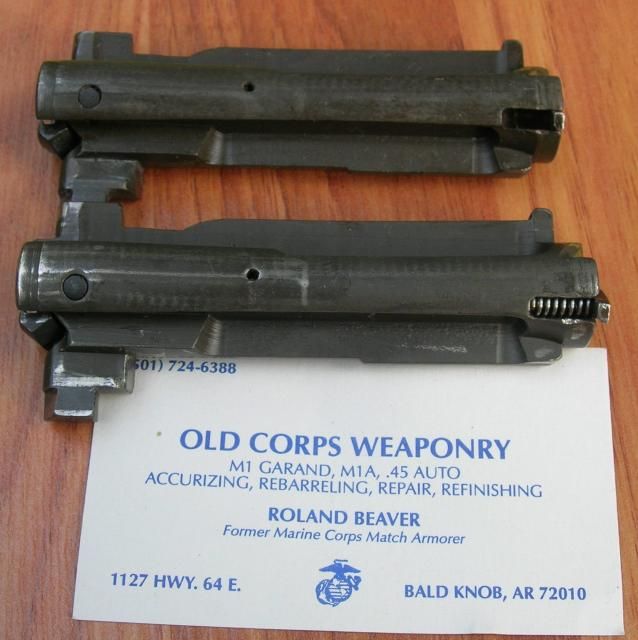I just bought a Springfield M1a based on the sticky using it with cast. I started to read the lit that came with it and holy cow they make it seem that if you don't use factory loads you will at sometime have a slam fire. The web is no better giving the impression that eventually you will have one if you reload for it. Not only that but parts wear will get you if the reloads don't. First is this a bad choice for reloading with cast? Is it inevitable that you will have a slam fire? And how would you break in the barrel for cast bullets?

|
   
   
|


|



 Reply With Quote
Reply With Quote





















